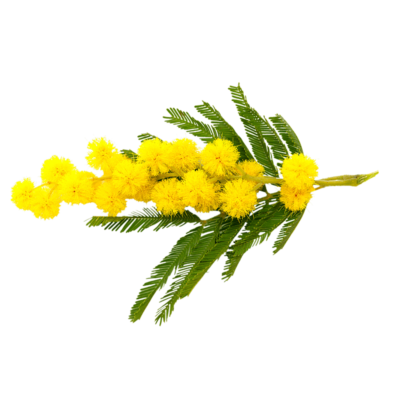Latin name
Acacia senegal Willd.
Origin
Senegalia Senegal, which originates in Africa, is widespread in the regions extending from Senegal to Mauritania, and in East Africa to Eritrea and Ethiopia. It can also be found in South Africa, the Middle East (Yemen, Oman) and in Asia (Pakistan, India). It has been introduced into Egypt, Australia, Puerto Rico and the Virgin Islands. Its sap is the principal source of gum arabic.
Used part
Gum arabic. Incisions are made into the bark of bushes aged 6 years or more, in February-March. Over the months that follow, the exudate is collected and dried. This substance is better known as “gum arabic”.
Active components
Fibre: its fibre supports the activity of the intestinal flora, thus contributing to healthy intestinal function.
Usage
The use of Senegalia dates back to the first Egyptian dynasty (3400 AC). It was first used to make ink, in a mixture of carbon, gum and water. Thanks to the simultaneous presence of hydrosoluble and liposoluble components, gum arabic has emulsifying properties. It is therefore widely used in industry as a stabiliser, thickener, or emulsifying agent. It has applications in textiles, ceramics, lithography, and the cosmetic and pharmaceutical industries. Its best know application is undoubtedly as the glue used on stamps. In the food industry, it is mainly used in confectionery, bakery, dairy products and carbonated drinks. Gum arabic has a bifidogenic and probiotic effect. In other words, it supports healthy intestinal flora. 1-8

